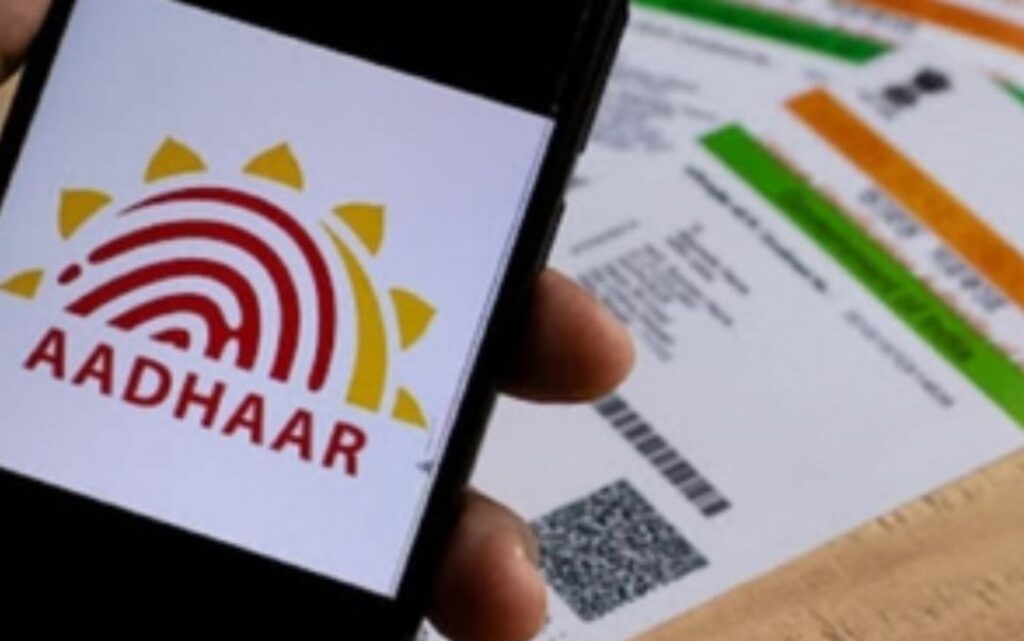UIDAI successfully piloted face authentication at National Eligibility cum Entrance Test (NEET UG) centers in Delhi to strengthen exam security and verify robust candidate verification, while simultaneously demonstrating Aadhaar face recognition as a secure, scalable, and student-friendly way of combatting impersonation efforts. This Proof of Concept highlighted its potential as an innovative anti-imitation measure for exams like NEET UG.

Real-time Biometric Authentication
The NEET 2025 pilot demonstrated Aadhaar face authentication’s effectiveness as a secure, scalable, and student-friendly method of identity verification during high-stakes exams. Facial recognition technology was deployed at select exam centers in Delhi where live images of candidates were matched against their Aadhaar records in order to confirm their identities – an entirely contactless and more efficient process than traditional ID checks or fingerprint scans.
Though biometric technology proved successful at preventing impersonation, there remain concerns regarding data privacy and transparency – particularly with regard to students with religious or cultural restrictions that prevent participation in biometric systems.
As such, policymakers must carefully consider how these technologies will impact student privacy before expanding their use in public services. This resource offers an overview of both benefits and risks of biometrics use in educational settings, with suggestions on how best to balance them when implementing such systems.
Contactless Biometric Authentication
Contactless biometric verification systems offer easy and convenient use without needing to touch the device directly, increasing hygiene and convenience while safeguarding data security and privacy.
Airports often utilize facial recognition technology to verify passengers’ identities before boarding flights and at customs. This makes for a more seamless passenger experience while guaranteeing only authorized individuals gain entry to sensitive areas.
Face recognition technology can also be used to mark attendance during exams, helping prevent cheating or impersonation. UIDAI in collaboration with NIC and NTA successfully conducted a Proof of Concept during NEET UG 2025 by matching live facial captures against existing Aadhaar biometric templates of test takers; this was completed without touch and seamlessly integrated with exam protocols demonstrating just how easily face authentication could be employed to reduce fraud while improving transparency, efficiency, and trust.
High Accuracy Biometric Authentication
Biometric verification can offer multiple security advantages. For example, biometric authentication reduces the risk of buddy punching (having someone clock in or out for you) by requiring employees to use fingerprint or facial recognition login systems instead of clocking in manually themselves. It can also streamline timekeeping by allowing workers to approve expense reports or other tasks through voice or face recognition technology.
Enhance accuracy is another essential consideration of biometric systems. Since high false acceptance rates can compromise reliability of biometric systems, multimodal systems that combine fingerprint, iris and facial recognition are necessary. In addition, adjustable sensitivity mechanisms must be included as feedback mechanisms so as to accommodate users with different skin conditions or physical disabilities.
Privacy concerns may still hinder the adoption of biometric authentication systems, so organizations must employ stringent data encryption measures and openly communicate their practices to end users. Escalation procedures must also be in place when red flags such as failed facial recognition matches or suspicious locations/times arise from within the system.